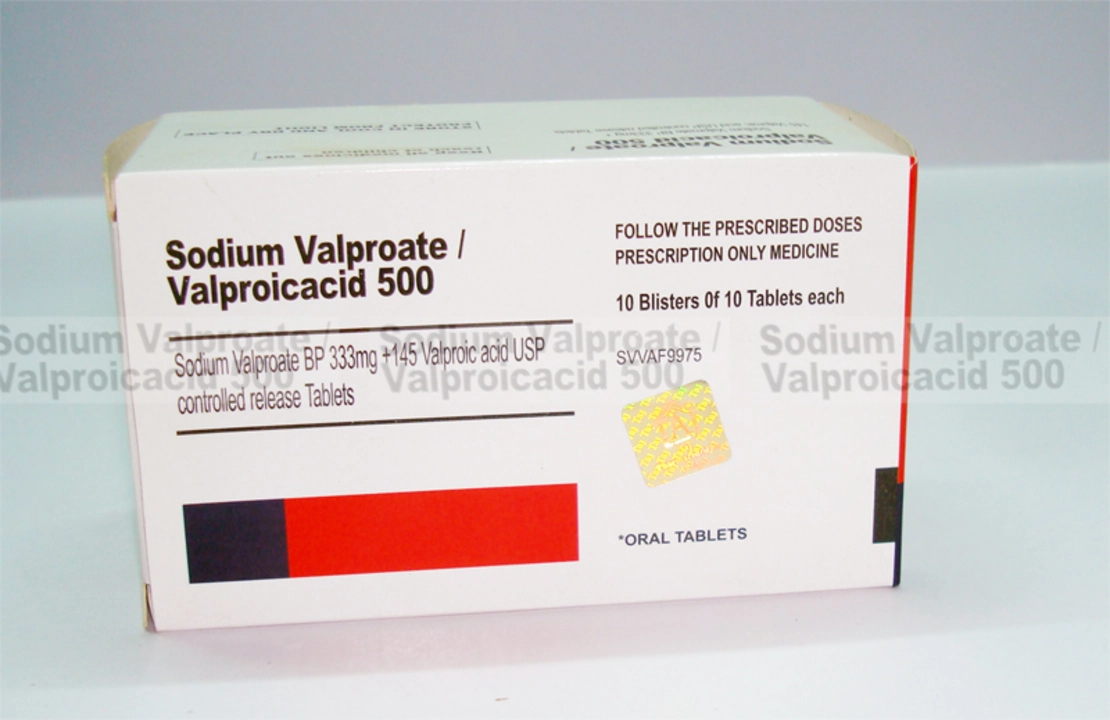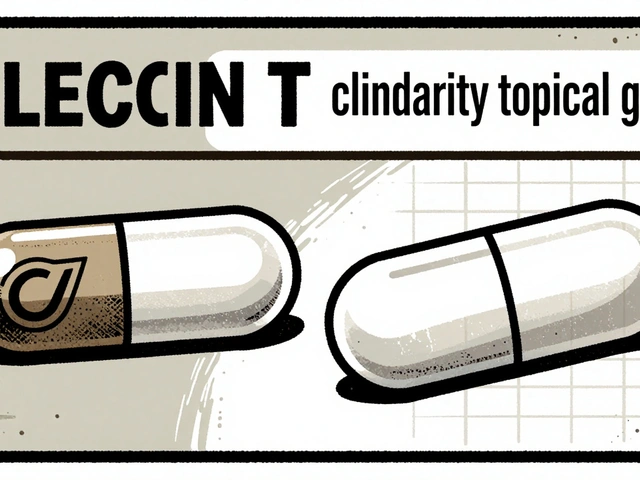Withdrawal: What to Expect and How to Manage It Safely
Stopping a medication or substance can bring a mix of physical and emotional symptoms. Some people feel mild discomfort, others get intense flu-like symptoms, panic, or sleep loss. The good news: many withdrawal symptoms are manageable if you plan ahead and get the right support.
How withdrawal usually looks
Withdrawal varies by substance and by person. Opioid withdrawal often includes muscle aches, yawning, sweating, nausea, and strong cravings. Stopping alcohol or benzodiazepines suddenly can cause anxiety, tremors, and in severe cases, seizures or confusion—those need urgent care. Antidepressants may cause dizziness, sleep problems, and “brain zaps.” Expect a timeline: some symptoms start within hours, others take days or weeks, and most peak within the first week or two.
Two practical rules that help: don’t stop suddenly without a plan, and ask a prescriber for a taper schedule tailored to you. If you feel unsafe or very unwell, seek medical help right away.
Practical steps that actually help
1) Make a taper plan with a clinician. A gradual dose reduction reduces the chance of intense withdrawal. Taper speeds differ: some drugs need weeks or months to reduce safely. Your doctor can suggest the safest approach for your drug and your health.
2) Build a simple comfort toolkit. Sleep when you can, keep hydrated, eat small balanced meals, and use over-the-counter remedies for headaches or nausea (ask your pharmacist if they’re safe with your meds). Gentle exercise like walking can help mood and sleep.
3) Manage anxiety and cravings with routines. Deep breathing, short walks, scheduled calls with a friend, or a mindfulness app can take the edge off when cravings hit. Plan distraction activities for the first 48–72 hours—this is when cravings and discomfort are often strongest.
4) Know the red flags. Call emergency services if you get seizures, severe confusion, fainting, worsening shortness of breath, chest pain, or think you might harm yourself. These are signs you need urgent medical care.
5) Ask about medication-assisted options. For some withdrawals—like opioids or severe alcohol dependence—safe prescription alternatives (buprenorphine, methadone, or supervised benzodiazepine management) and specialized detox programs reduce risks and improve comfort. Discuss benefits and side effects with your provider.
6) Use support networks. Peer groups, counselors, and trusted friends make a big difference. Online forums and local support meetings can keep you accountable and less isolated.
If you’re unsure where to start, call your doctor, a local clinic, or a poison control hotline for immediate advice. Withdrawal is tough, but with a plan and the right help, most people get through it and feel better. If you want more specifics for one medication, use the site search to find articles on particular drugs and their stopping symptoms.

As someone who has experienced Valproic Acid withdrawal, I want to share what you can expect during this process. Firstly, you may experience symptoms like nausea, vomiting, and dizziness as your body adjusts to the change. Additionally, it's important to note that withdrawal may increase the risk of seizures, so it's crucial to consult with a doctor before stopping the medication. Remember to taper off Valproic Acid gradually to minimize these symptoms and ensure a safer withdrawal process. Lastly, be patient and seek support from friends, family, or a medical professional, as withdrawal can be challenging both physically and emotionally.
Continue Reading




